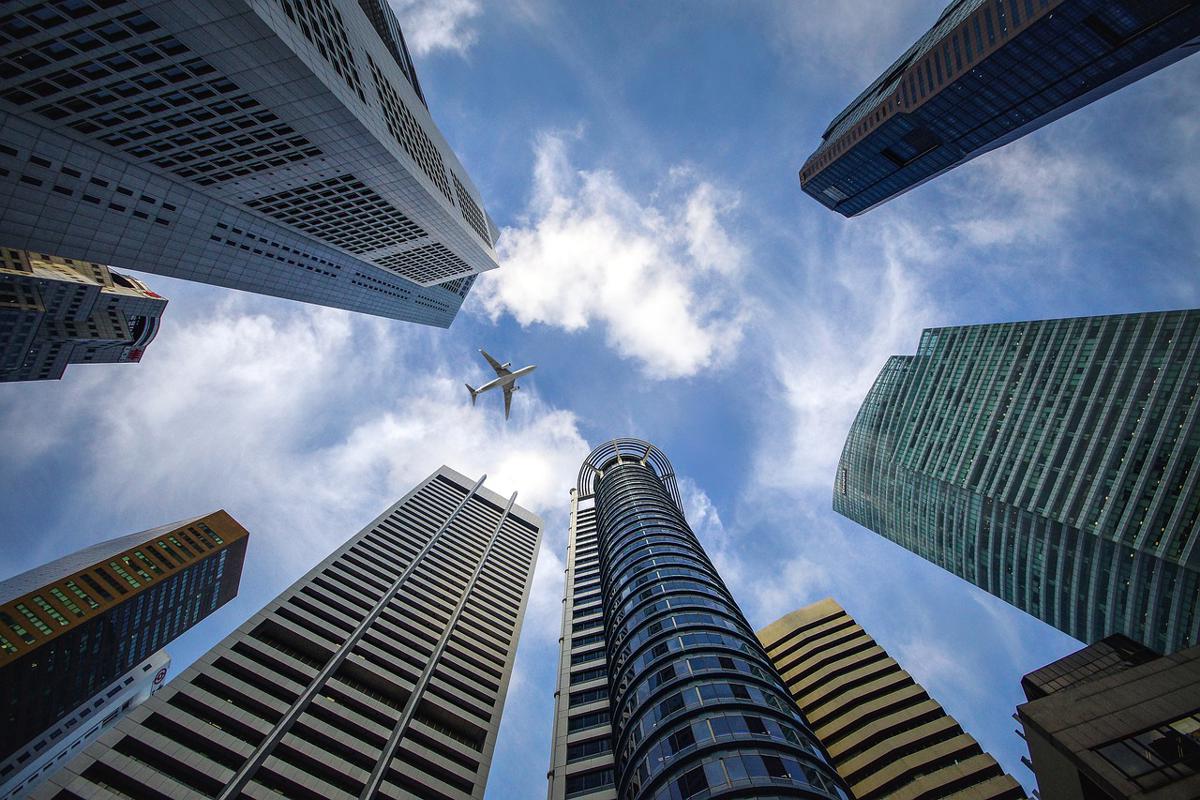Skyscrapers around the globe stress-tested using Surrey model
The safety of tall buildings in the world’s cities, in the face of extreme external traumas like vehicle impacts, blasts or fires, has been tested using a model developed by structural engineers at the University of Surrey – with reassuring results.
Surrey’s structural engineers partnered with industry experts to check and enhance the robustness of skyscrapers. Surrey’s researchers collaborated with experts at the respected collective of architects, designers, engineers and planners, Skidmore, Owings & Merrill (SOM), famous for buildings like the Burj Khalifa, the world’s tallest skyscraper, and the Sears Tower in Chicago.
Dr Juan Sagaseta, lead author of the study and Reader in Structural Robustness at the University of Surrey, said: “Using a model our team developed, we analysed what would happen if external factors like vehicle impact, blasts or fires caused a particular type of failure: where a column supporting a building on the outside punches through one of the concrete slabs separating each storey.”
The team applied the model to real high-rise building designs, exploring what would happen if corner and side columns were suddenly removed.
Dr Sagaseta said: “Reassuringly, our research showed the robustness of typical well-designed modern buildings in non-seismic areas. We demonstrated that good design and engineering can prevent a progressive collapse – where one slab falls, causing others below to fall in a chain reaction.”
Karl Micallef, one of the paper’s co-authors and Associate Principal (Structural Engineer) at SOM, said: “By using this model in both conceptual and detailed design stages, we can predict what damage will result if columns are suddenly removed due to external factors. This helps advance our understanding of robustness considerations and ensures we incorporate them into our buildings, keeping our iconic towers – and the people who inhabit them – safe.”
The team focused on tall buildings constructed using reinforced concrete flat slabs supported by a central core and perimeter columns. This layout is commonly used in office and residential buildings. It is a popular design because it reduces storey height, maximises natural daylight, enables quick construction, and offers flexible layouts on each floor.
Such buildings are highly robust, even when extremely tall. However, the team explored what would happen if the supportive columns were damaged by external factors in accidental situations, for example, by vehicle impact or local fire.
The study has been published in the journal Structures.




















